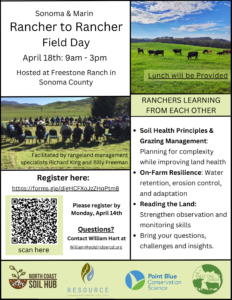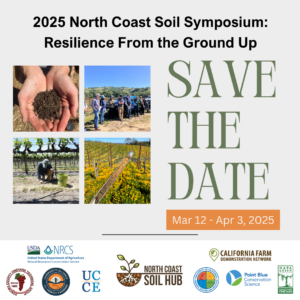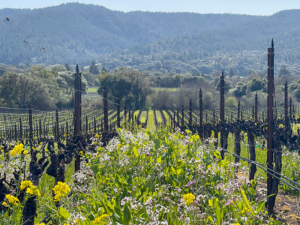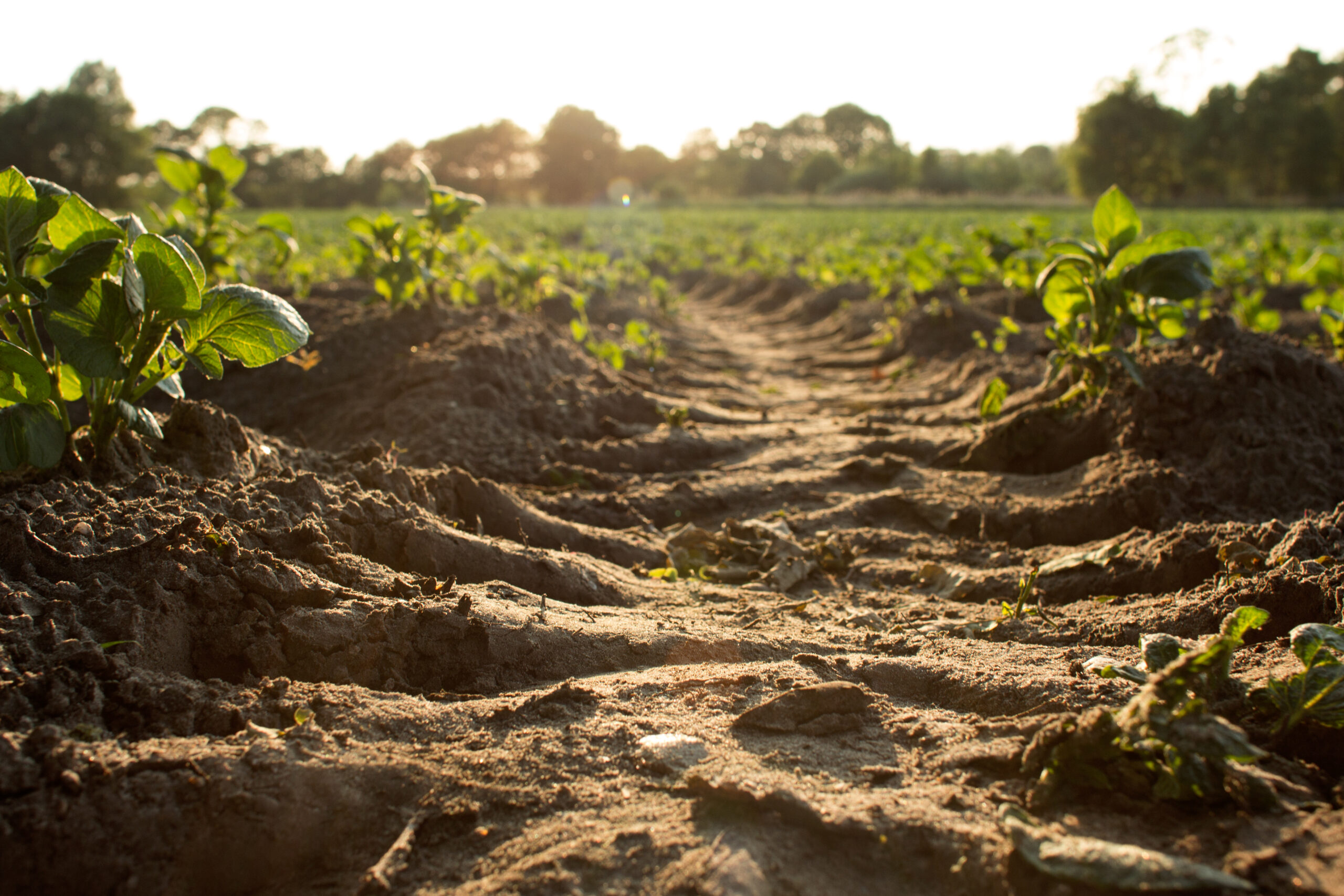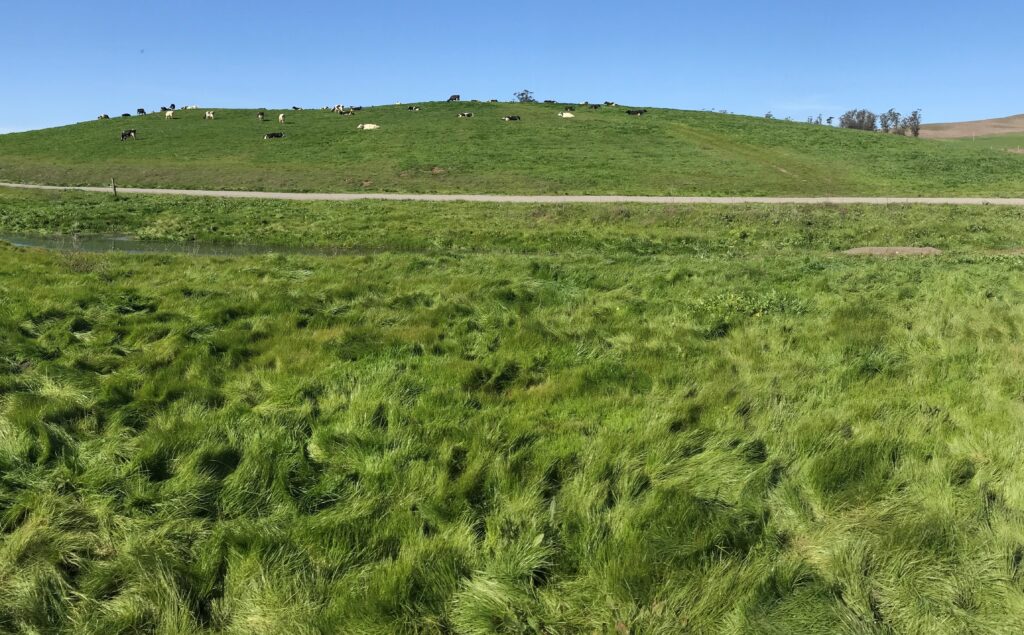
Rangeland ecosystems cover approximately one-third of the land area in the United States and half of the land area of California. This large land area, coupled with the propensity of grasses to allocate a considerable proportion of their photosynthate belowground, leads to high soil carbon (C) sequestration potential. Annual grasslands typical of the Mediterranean climates of the western United States differ in their life history strategies from the well-studied perennial grasslands of other regions and thus may also differ in their soil C pools and fluxes.
Silver, W. L., Ryals, R., & Eviner, V. (2010). Soil carbon pools in California’s annual grassland ecosystems. Rangeland Ecology & Management, 63(1), 128-136.

